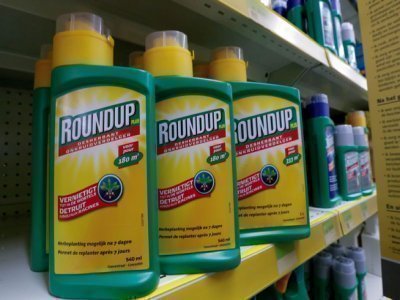Glyphosate (RoundUp) in the Spotlight – Is it Safe?
Glyphosate has become the focus of much discussion. As the active ingredient in the popular weed killer Roundup and hundreds of other herbicide products used by farmers and gardeners, its effect on the health and safety of the many people who use it is being watched closely.
In March 2015 the International Agency for Research on Cancer (IARC) published Monograph 112 (glyphosate) reclassifying the herbicide Glyphosate, from ‘possibly carcinogenic to humans’ (Group 2B) to ‘probably carcinogenic to humans’ (Group 2A) in accordance with its classification criteria. This classification was based on a review of publically available studies. The report detailed that “There is limited evidence in humans for the carcinogenicity of Glyphosate”. And that “a positive association has been observed for non-Hodgkin lymphoma.”
The risk Gyphosate poses to humans is not fully understood by IARC and is a matter of debate in scientific and regulatory communities. IARC released a subsequent Q & A clarifying that they were satisfied that Glyphosate was a cancer hazard but they were unable to quantify the risk to humans.
Glyphosate Bans
Whilst not based on scientific evidence or health and safety regulator advice, IARCs Q & A has led to Glyphosate bans, restrictions and court cases:
- On the 3 July, Austria put a total ban on Glyphosate
- French authorities banned the sale of Roundup Pro 360 in January
- In April Vietnam banned products containing glyphosate
- Czech Republic, Italy and the Netherlands have put restrictions on the use of Glyphosate
- There have been three costly judgements in California with damage payments of over $70 million to each person
- There are currently 13,000 claims in the United States
In Australia
A general health and safety approach has been recommend by Australian health and safety regulators to reduce the risk of exposure as far as practicable.
The Australian Pesticides and Veterinary Medicines Authority (APVMA), which has the role of regulating pesticides and veterinary medicines proposed for supply in Australia, reviewed the same data available to IARC and determined that Glyphosate containing herbicides used in Australia were safe when used in accordance with the label instructions.
What to Do?
So what should employers / PCBUs do? You should do what you always do - reduce the risk to health and safety as far as reasonably practicable applying the control hierarchy:
- Consider alternatives to the use of glyphosate including mechanical or manual means including steam wands
- Consider alternative application techniques which limit exposure
- Improve chemical transfer systems to minimise the risk of exposure such as dosing systems or other hands off transfer systems
- Ensure that plant and equipment is maintained in good working order and fit for purpose including being washed out after use
- Ensure that decanted chemicals which are not used straight away are properly labelled
- Ensure that personal protective equipment (PPE) is specified and appropriate for the work to be conducted (a P1 filter with carbon impregnation in a half or full face mask combined with eye and skin protection should be adequate for protection from spray drift)
- Ensure workers receive adequate information, instruction and training in the use of Glyphosate including the selection, use, maintenance and fitting of PPE (respiratory protection in particular)
- Provide documented safe systems of work and for the correct disposal of used containers and redundant product







